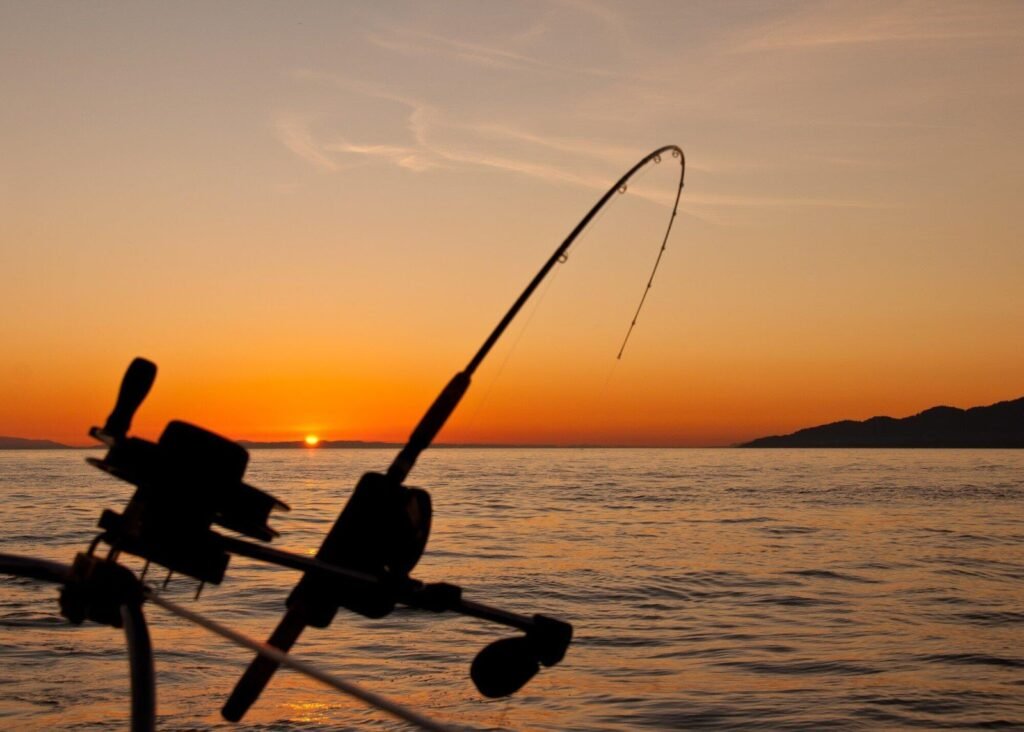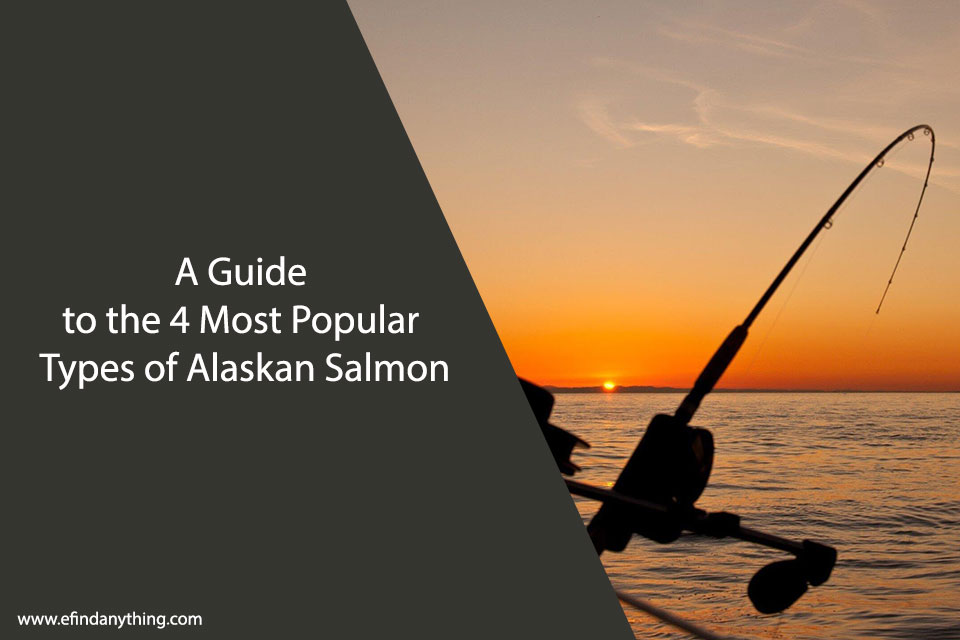
Few culinary delights are as satisfying as succulent, flaky Alaskan salmon. With a rich history, pristine natural habitats, and abundant species, Alaska is synonymous with some of the world’s finest salmon.
Understanding the nuances of different salmon species can enhance your grilling, baking, and poaching skills, and bring a wealth of delicious meals to your table. Here is a comprehensive guide to the four most popular types of Alaskan salmon that every seafood aficionado should know about. Read on.
Table of Contents
1. King Salmon (Chinook)
Known as the “king” for a reason, the Chinook is the largest and one of the most sought-after species. King salmon are distinguished by their high oil content, making them exceptionally flavorful and moist. Chefs appreciate King salmon for its rich, buttery flesh that ranges from a deep red to orange hue, a testament to its diet of squid, crustaceans, and other fish.
Ranging from 30 to 120 pounds on average, King salmon boasts the heftiest size and is coveted for its delicate texture. This regal fish thrives in Alaska’s deep, cold waters and is typically available from May through September. Check out salmon fishing in Juneau to know how to properly catch a salmon.
2. Sockeye Salmon (Red)
Sockeye or “red” salmon is famed for its vibrant red-orange flesh and robust flavor profile. With a lifespan of about four to five years, sockeye is both smaller and leaner than king salmon, weighing in at an average of 7 pounds. A rich diet of plankton gives Sockeye salmon a unique taste that stands up well to various cooking methods.
Its firm texture and breathtaking appearance make it a favorite for sushi enthusiasts and those who prefer a stronger salmon flavor. Many salmon recipes are good for Sockeye salmon. Sockeye runs are numerous in Alaska, allowing for a fishing season that typically extends from late May through July.
3. Coho Salmon (Silver)
With its mild flavor and slightly softer texture, the Coho, or “silver” salmon, is a favorite for those new to salmon consumption. Coho salmon is lighter orange, due to a diet rich in both wild and marine life.
Of the four main Alaskan salmon species, Coho is the most approachable in terms of its flavor and is usually more reasonably priced. Coho salmon can be found in Alaska’s markets from July to September, and its more forgiving taste lends itself well to a variety of recipes, from grilling and broiling to sashimi.
4. Chum Salmon (Dog)
Chum, also known as “dog” salmon due to their sharp teeth and large canine-like reproductive teeth, is the second most abundant salmon species in Alaska. Chum salmon has a milder flavor and lighter color, making it a versatile option for a range of culinary preparations. In addition to its fillets, chum salmon’s eggs, or roe, are also highly valued and used in various dishes.
Chum salmon embodies a unique balance between taste and texture, making it an excellent choice for smoking and canning. The chum salmon season is at its peak from August to September, and it often provides a more economical alternative for those who crave Alaskan salmon.
Try These 4 Types of Alaskan Salmon Today
Alaskan salmon offers a vast palette of flavors, textures, and sizes, ensuring there’s a variety to suit every palate and budget. Whether you’re a home cook or a seafood connoisseur, exploring the nuances of these four popular types promises a culinary adventure like no other. Try out these 4 types of Alaskan Salmon today!
If you want to read more articles, visit our blog.





